
views
Select your sturgeon.
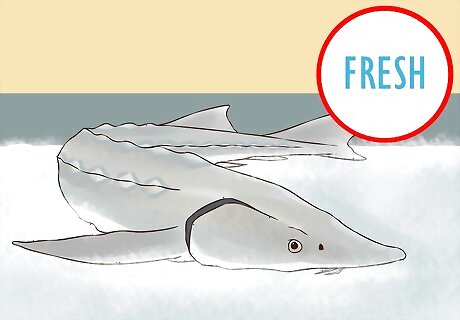
Use fresh sturgeon that has been kept clean and cold. Do not use fish with damaged flesh or fish that emits a strange odor.
Clean the fish.
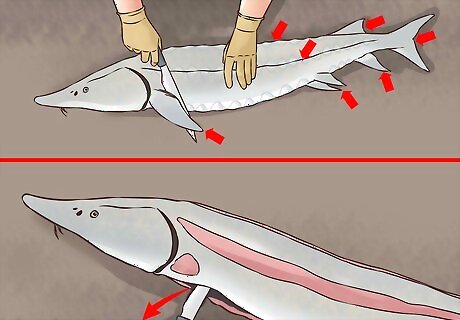
Remove the fins, tale, sautés (bony plates), innards, and bones. Alternate between using a knife and your fingers to clean the fish up.
Wash the sturgeon.
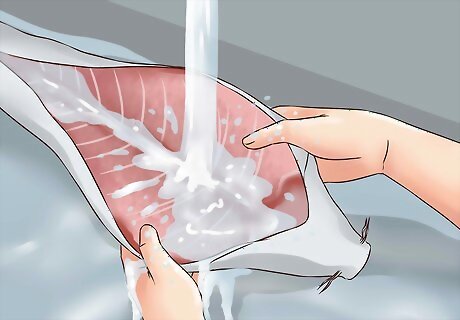
Rinse sturgeon with cold water. Just turn the sturgeon under the water multiple times until you’re confident the skin is clean.
Slice the meat into halves.
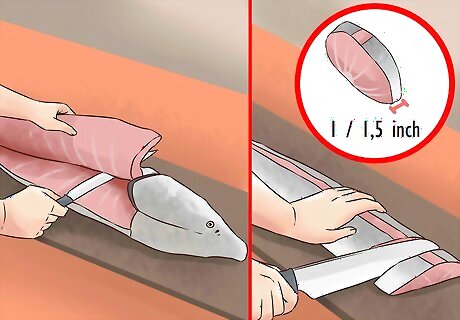
Cut lengthwise to divide the fish into two long, lean pieces. Cut those pieces into smaller fillets, about 1 inch (2.5 cm) or 1 1/2 inch (3.8 cm) thick.
Set the fillets in a bowl.
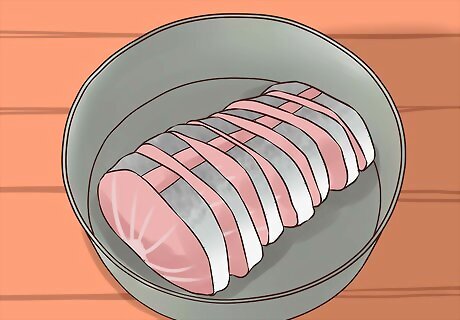
You’re going to brine the fillets, but just set them aside for now. This shouldn’t take too long too long, so don’t worry about the fish.
Prep a brine.
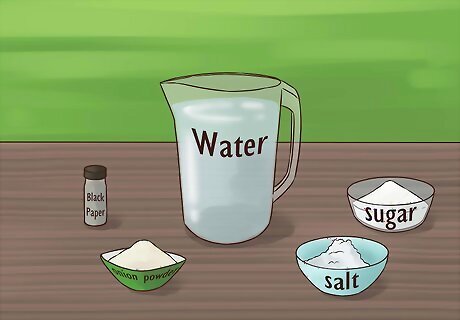
Brine recipes can vary widely based on your personal preferences. You can add different spices to the brine or to the fish before smoking it. A basic brine for 5 pounds (2.25 kg) of sturgeon is 1/2 gallon (2 liters) of water, 3/4 cup (230 g) of salt, 1/2 cup (100 g) of sugar, 1 teaspoon (5 ml) of coarse ground black pepper, and 1 teaspoon (5 ml) of onion powder.
Stir the brine.
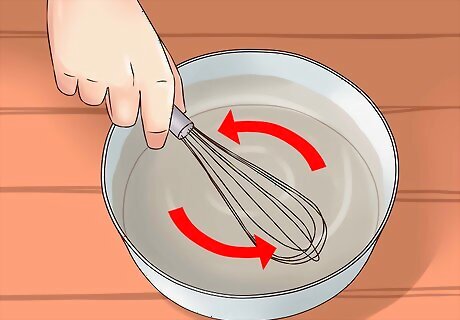
Continue to mix until the salt and sugar dissolve. Use a large slotted spoon to keep mixing your brine.
Soak the fillets.
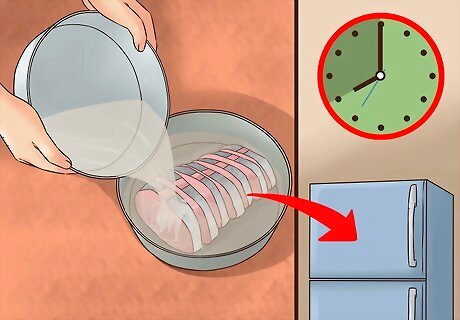
Completely cover the fillets with the brine and refrigerate. So long as the sturgeon is completely covered by the brine, you don’t need to cover the bowl. Pieces an inch (2.5 cm) or thicker should sit in the brine for 8 to 12 hours. Thinner slices should take 6 to 8 hours. The longer fish are brine, the heavier their cure. Do not pack the sturgeon fillets too tightly together or the brine won't soak into each piece.
Take the fish out.
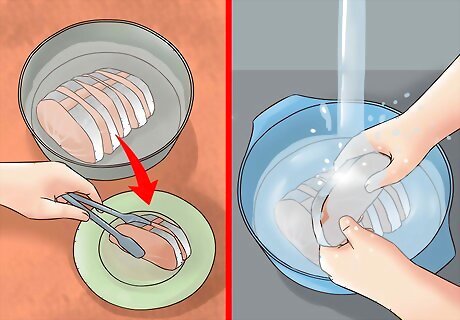
Remove fish from the brine and rinse the fillets in cold water. You don’t need to soak them or anything; a quick rinse under running cold water should be more than enough.
Pat the fillets dry.
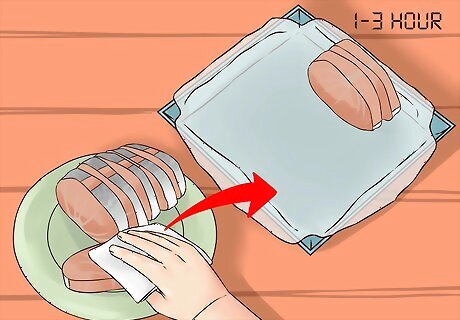
Use a paper towel to dry the fillets. Lay the fish skin-side down on wax paper for 1-3 hours, until the shiny coat forms. A low-speed fan can help the drying process.
Heat some charcoal.
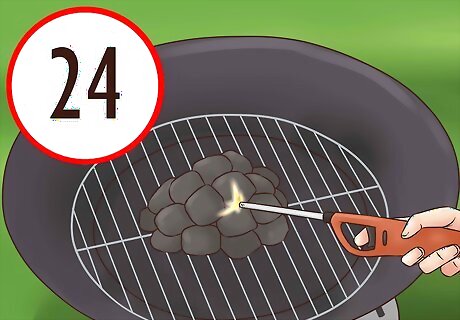
Ignite roughly 24 charcoal briquettes in a covered barbecue. Use your lighter and some starter fluid if necessary to get the charcoal going.
Toss wood chips in water.
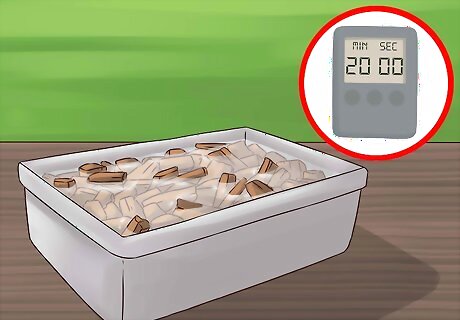
Soak a few handfuls of wood chips in water for at least 20 minutes. The wood chips need to be fully soaked for the smoking process to work. Typical woods used to smoke fish are hickory, oak, apple, maple, birch, beech or alder.
Move the coals.
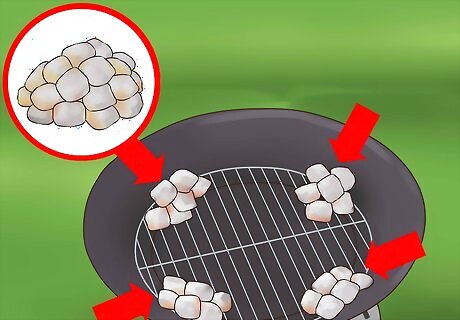
Keep turning the coals until they’re covered in gray ash. Continue to do this until there are about 4 piles of 6 coals arranged around the sides of the barbecue. If you're using a vented barbecue, make sure it is adjusted to maintain a low heat.
Grease the grill.
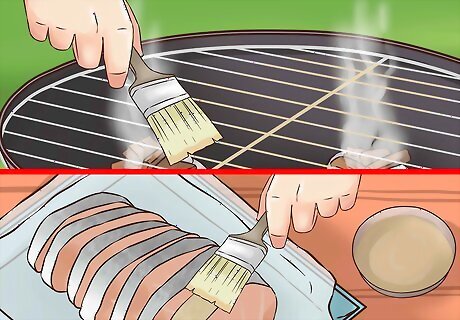
Lubricate the grill grates and lightly grease the skin side of the fillets. This should keep the meat from sticking to the grates as it cooks.
Drain and add the chips.
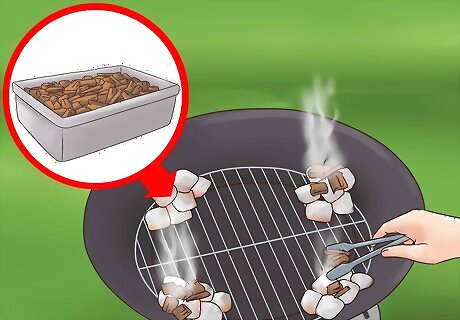
Lift your soaked wood chips and sprinkle them on the coal. Spread about 1/2 cup (120 ml) of chips onto each pile of coals.
Set the grill above the coals.
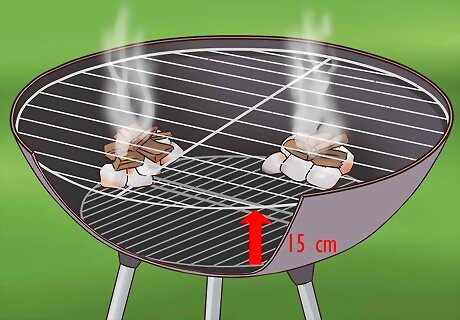
Place the greased grill about 6 inches (15 cm) above the coals. You don’t want the grates so close that the fish gets wet from the steam—you just want the smoke.
Place the fillets on the grill.
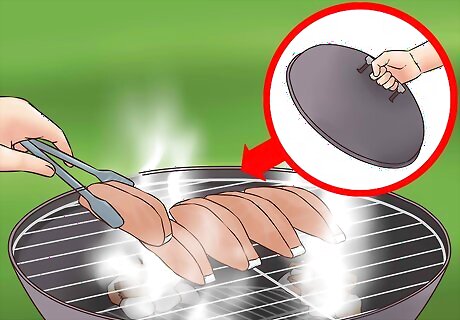
Set the sturgeon skin-side down in the center of the grill and cover it. Use aluminum foil to cover the fish.
Monitor the temperature.
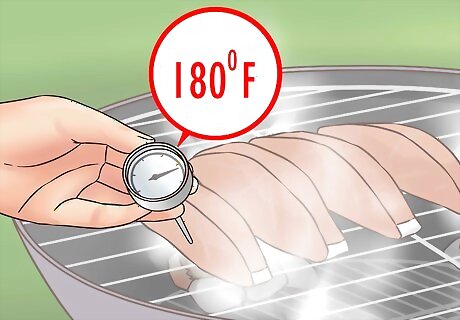
Use an oven thermometer to keep the heat at about 180 °F (82 °C). Add or remove coals as necessary to maintain a stable temperature.
Pat the fillets.
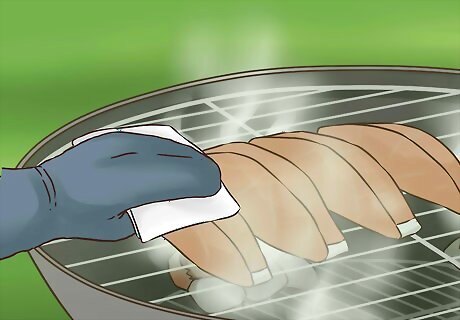
Dry the fish with a paper towel each time you check the grill. This will keep the meat from sweating too much, which will allow the fish to absorb the smoke.
Add wood chips as needed.
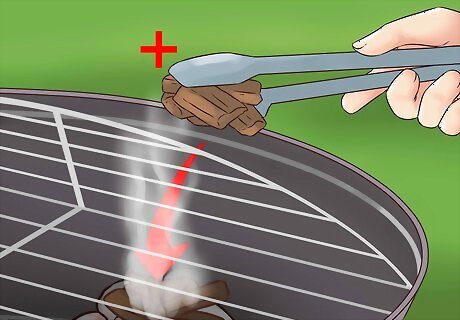
The goal is to keep the smoke flowing, so add as needed. If you check on the fish and the smoke isn’t flowing, add more wood chips.
Cook until the filets turn flaky.
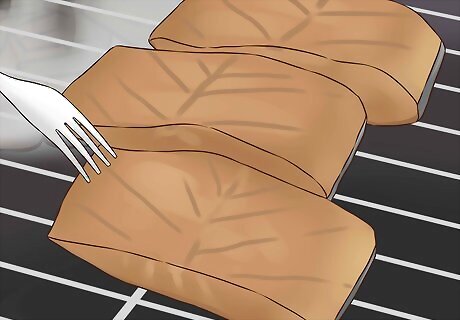
Continue to smoke the fish until the thickest part of the fillet flakes off. Use the tines of a fork to poke the meat to see if flakes off. The fish is done when the meat falls off of the filet.




















Comments
0 comment